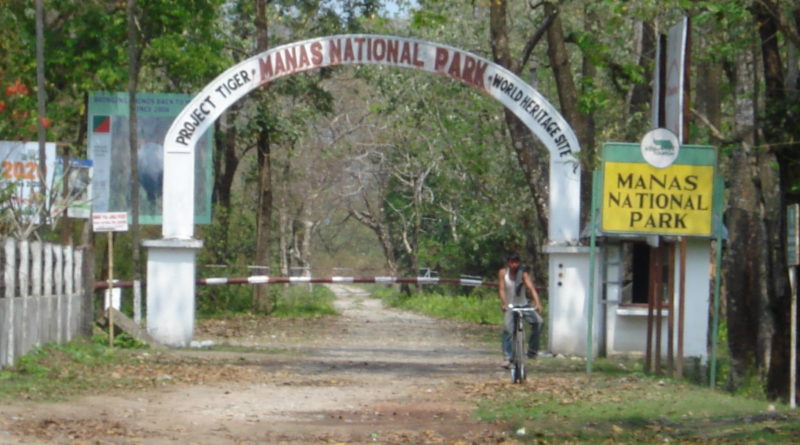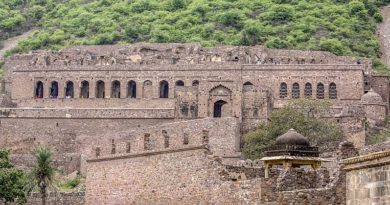Manas Wildlife Sanctuary, Assam
Manas Wildlife Sanctuary, Assam is one of the most visited world heritage sites in India. This is not the sanctuary you go to if one wants to see the rare one-horned rhino though one may get lucky and see one. Manas national park which lies south of the Bhutan border and north-west of Guwahati is rich in birds and animal that thrive along the banks of the three rivers that flow through the park. The Guwahati is the main transit point to reach this world heritage site of India. Manas Wildlife Sanctuary gets its name from the Manas River that goes through the center of the natural world heritage site. Manas wildlife sanctuary takes pride in hosting the largest population of endangered Bengal Florican.
On Manas national park tour you can view 55 species of mammals, 380 species of birds, 50 of reptiles, and 3 species of amphibians which includes 31 endangered species. Manas Wildlife Sanctuary, Assam houses animals like the Asian Elephants, Indian Rhinoceros, Gaurs, Asian Water Buffaloes, Barasingha, Indian Tigers, Leopards, Clouded Leopards, Asian golden cat, Capped Langurs, Golden Langurs, Assamese Macaques, Slow Loris, Hoolock Gibbons, Smooth-coated Otters, Sloth Bears, Barking Deer, Hog Deer, Black Panther, Sambar Deer and Chital. The major other birds includes Giant Hornbills, Jungle Fowls, Bulbuls, Brahminy Ducks, Kalij Pheasants, Egrets, Pelicans, Fishing Eagles, Serpent Eagles, Falcons, Scarlet Minivets, Bee-Eaters, Magpie Robins, Pied Hornbills, Grey Hornbills, Mergansers, Harriers, Ospreys and Herons. Manas Wildlife sanctuary is on the list of world heritage sites in India by UNESCO. The site is home to several rare and endangered wildlife species like the Roofed Turtle, Hispid Hare, Golden Langur and Pygmy Hog. Infact this sanctuary is known to be a well known bird abode as this place has 450 species of birds. Manas wildlife sanctuary Assam is a Tiger Reserve, Elephant Reserve as well as Biosphere Reserve in Assam, India. The park also is a well known tourist attraction in the region. A visit to the sanctuary is a must for all nature lovers.



